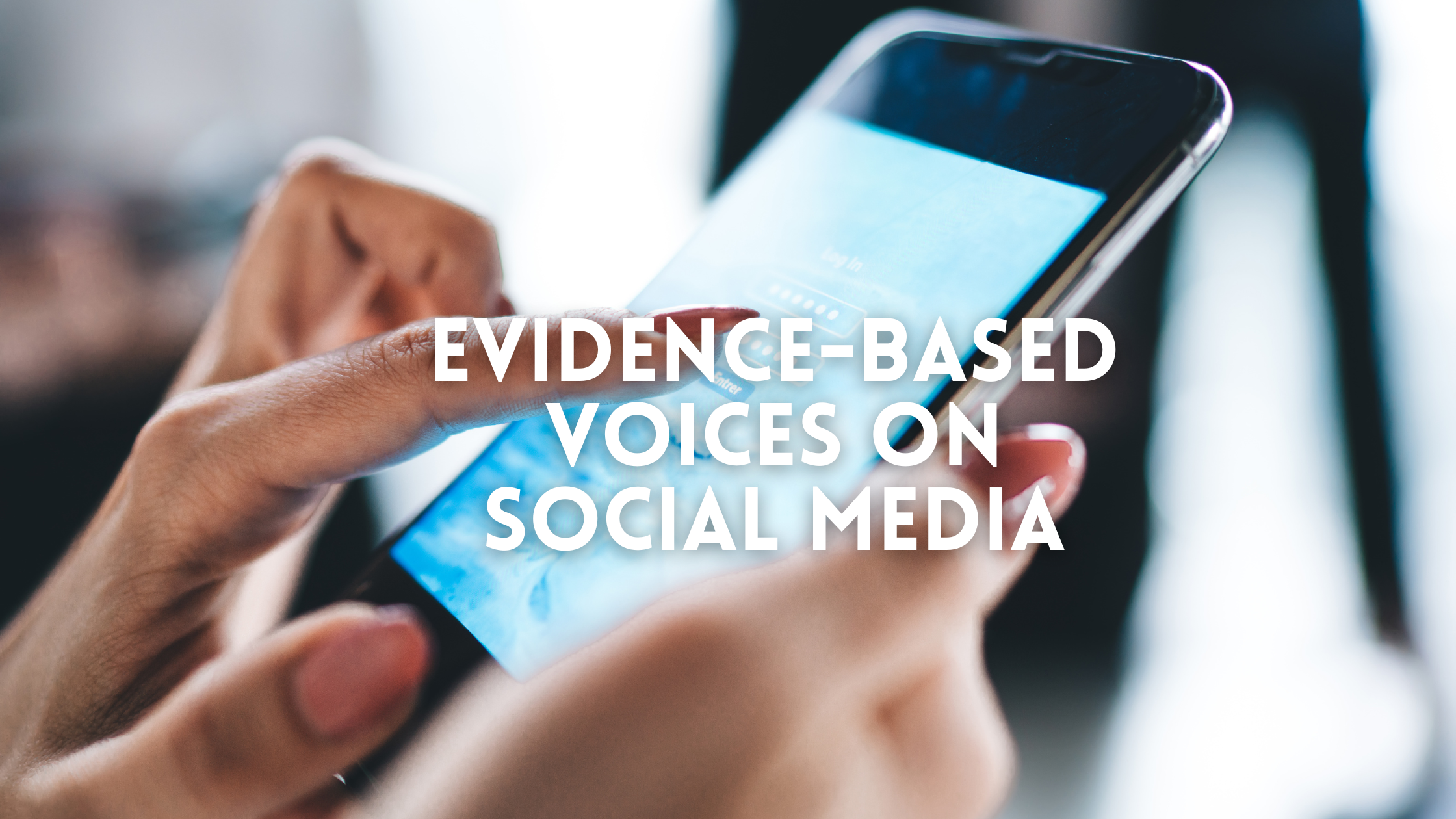
By Morgan Finegan, MD, PGY-1, Family Health Centers of San Diego
While the human-to-human connection will always be the heart of primary care, there is no debate that today’s most popular doctor is the algorithm. While family physicians build trust one patient at a time, entire communities online are swayed by sensationalized and unverified health and wellness claims. As a resident serving on the California Academy of Family Physicians’ Student-Resident Council, I believe CAFP and AAFP must formally champion physicians and trainees who deliver evidence-based content online; the health of our communities depends on it.
For many, social media is now the first and sometimes only stop for health advice. It’s accessible, convenient, and designed to keep you engaged. The simple solutions advertised are almost always sexier than the slow, gradual progress most medicine and research require. But the loudest voices or the most shareable graphics are rarely the most knowledgeable. A study from University of Chicago, for example, found that when searching “sinusitis” on TikTok, nearly half (48.1%) were from individuals with more than 10,000 followers but without any medical background. 1 Less than half (44%) of these videos were factual. The misinformation ecosystem is outpacing traditional public health messaging and beating it at a drastic scale. Family physicians are uniquely positioned to bridge this divide. Our training in longitudinal care, holistic context, and relational trust gives us unique credibility in the fragmented noise of social media. We are also accustomed to translating complex evidence into everyday language for our patients. Misinformation often preys on gaps in knowledge, fear, and distrust. When we as clinicians do not engage in the public sphere, we cede the narrative to opportunists. Silence online is not neutrality, it is forfeiture. By extending our voice into social media feeds, we can function as both clinicians and as public educators.
Currently, physicians who try to wade into social media do so at personal cost: time, risk of online harassment, and career uncertainty. In most settings, publishing on TikTok or debunking myths online is not counted toward academic promotion, leadership selection, or grants/awards. Without structural support, evidence-based voices remain underrepresented. Worse, a “virality gap” emerges: non-expert influencers with exaggerated or sensational content dominate reach, while credentialed voices operate in relative obscurity. Institutions supporting family medicine and public health like CAFP should adopt an explicit strategic priority around supporting clinician communicators online. These could include creating grants/stipends to clinicians and trainees producing high-quality evidence-based content, developing curricula or boot camps in science communication/social media strategy, featuring clinician content on organizational channels (e.g. CAFP/AAFP Instagram, newsletters, blogs), or advocacy for social media platforms to prioritize credentialed health content (e.g. verify clinicians and algorithmic boosts). With institutional backing, clinician voices can multiply and at least compete with misinformation in reach and credibility. Let’s treat the digital realm as an extension of our core role as family docs to care for both individual patients and our communities at large.
1. Dimitroyannis BA, Rose, et al. “A Social Media Quality Review of Popular Sinusitis
Videos on TikTok.” American Academy of Otolaryngology–Head and Neck Surgery, vol.
170, no. 5, 2024, pp. 1456-1466, https://aao-
hnsfjournals.onlinelibrary.wiley.com/doi/10.1002/ohn.688.